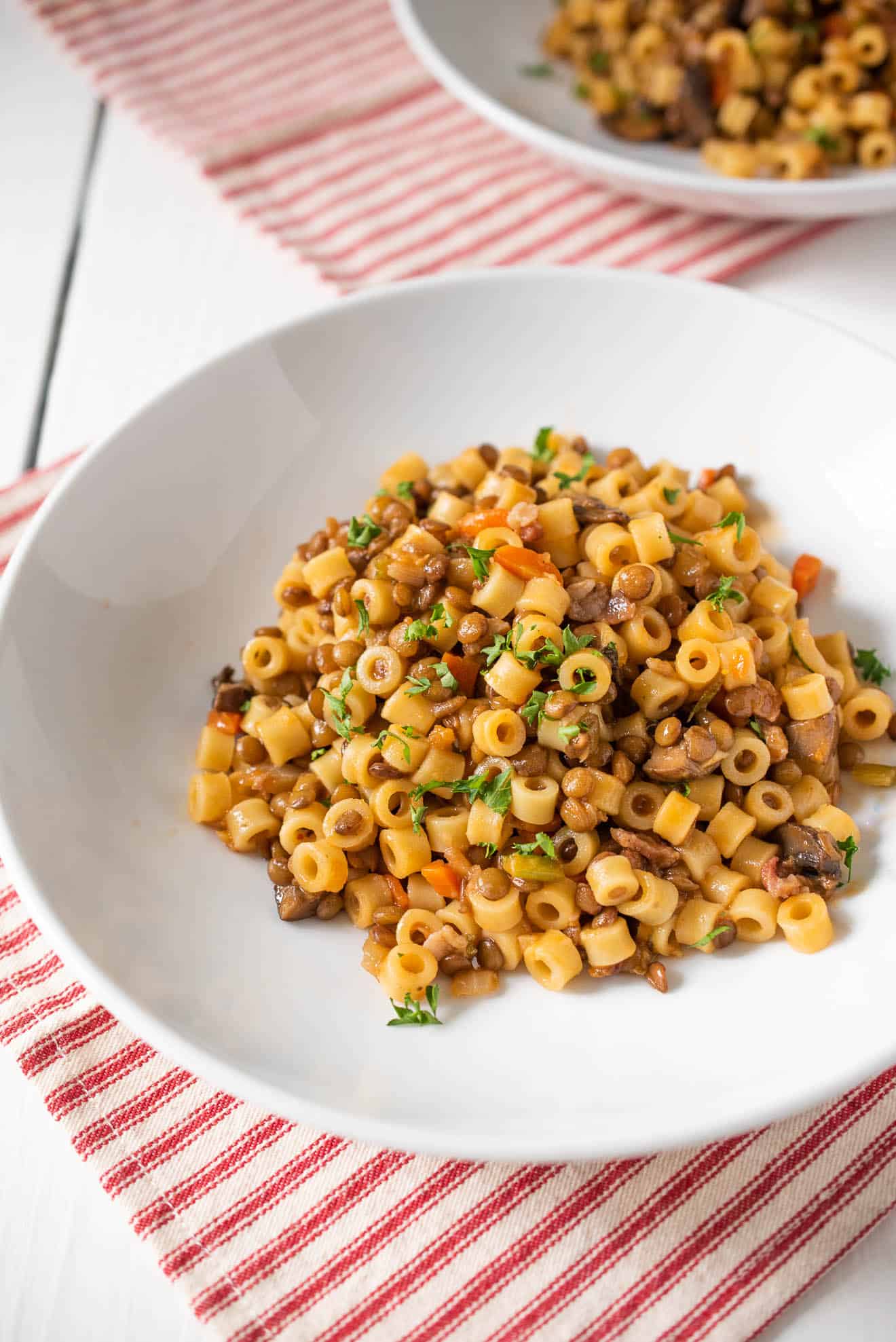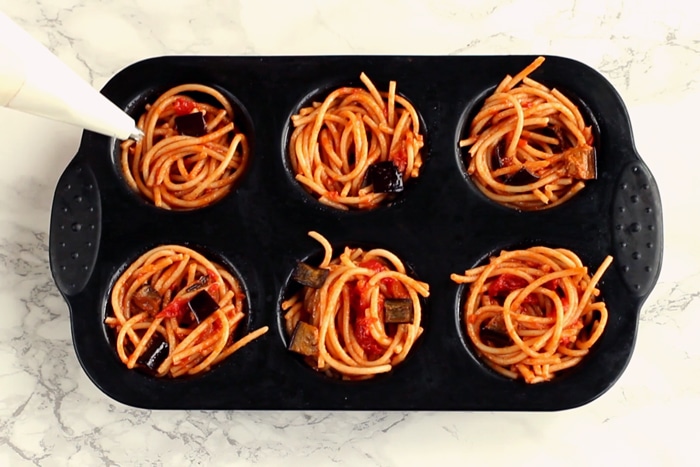

Cooked with pieces of rocks taken from the seaside, the stones coated in moss added flavour to the dish. In Trapani, fishermen sometimes used stones as a seasoning for soups. Sicily is a place of the sea, but if the sea was too rough to fish, in Syracuse people used to prepare pasta 'ro malutempu’ (of bad weather), and in Marettimo pasta cu' pisci fuiùtu (with fish that had run away), both dishes that did not involve fresh fish. It’s a soup of cappellini or spaghetti cut with peeled tomatoes and onion. In Sambuca, if there was nothing in the larder to serve as a condiment, pasta l'amore di Dio (God’s love) was made. Even the condiments drew - and still draw - from local produce and the land: ricotta, courgettes, aubergines, broad beans and peas, but also pumpkin flowers or tenerumi - the leaves of the long courgette. In Sicily, dried pasta was a luxury reserved for special occasions, such as engagements or weddings, for which maccaruna 'i zito (boyfriend's macaroni), or simply ziti, was 'obligatory'. The many types of dried pasta and recipes found in Sicily This was mainly due to climatic reasons as only a dry and windy climate favoured drying techniques). In Naples, dried pasta began to be produced, while in northern Italy (except Liguria) the tradition of fresh egg pasta was maintained. Moving up the peninsula, it became the main food of the Kingdom of Naples where famine (meat and bread were scarce) contributed definitively to making it the main dish of the people. It was in the seventeenth century that pasta had its true consecration. The same custom was also in use in the port of Genoa. And there is also a curious fact about this connection: Sicilian ship captains were authorised to take between 10 and 30 rolls of macaroni and vermicelli 'for personal use' during their voyages. Specifically, pasta left the island of Sardinia to reach Barcelona, Majorca and Valencia, but also Genoa, Naples and Pisa. The relationship between pasta and the sea is, in fac,t very solid, as we should remember that both Sardinia and Puglia were strong adherers from the 14th and 15th centuries. It was from here that dried durum wheat pasta conquered ‘the Boot’, passing via Naples and reaching Genoa, to cover the entire Mediterranean basin. It was in Trabia, at the time an Arab hamlet not far from the town of Termini Imerese, where the first evidence of pasta was found: the Arab geographer Idrisi speaks of 'an important pasta production centre in the form of threads', linking it to the pre-existing milling activity.


This is where the transition to wheat came about, with the hunter becoming a farmer however, we have to wait until the 11th century to find pasta as we know it, when the Arab dominion, among its many important legacies, brought dried pasta to Sicily.
#Sicilian pasta shapes how to
Pasta is an invention of a settled lifestyle, because man had to stop his migratory life, and learn how to sow and harvest crops. Sicily, the island where dry pasta was born So, let's choose a place to start and go to Sicily, a land devoted to wheat, without which no pasta would ever exist. In short, an encyclopaedia dedicated to the subject would still not be enough to cover everything. But if spaghetti have the upper hand over macaroni in epitomising the Belpaese, in reality the question is much more complex, because there are dozens and dozens of pastas, each region has a huge variety, and there are hundreds of recipes for each type. That’s a sentence that is difficult to dispute. Pasta Sicilian: The Best Pasta Recipes For Any Occasion What pasta comes from Sicily?


 0 kommentar(er)
0 kommentar(er)
